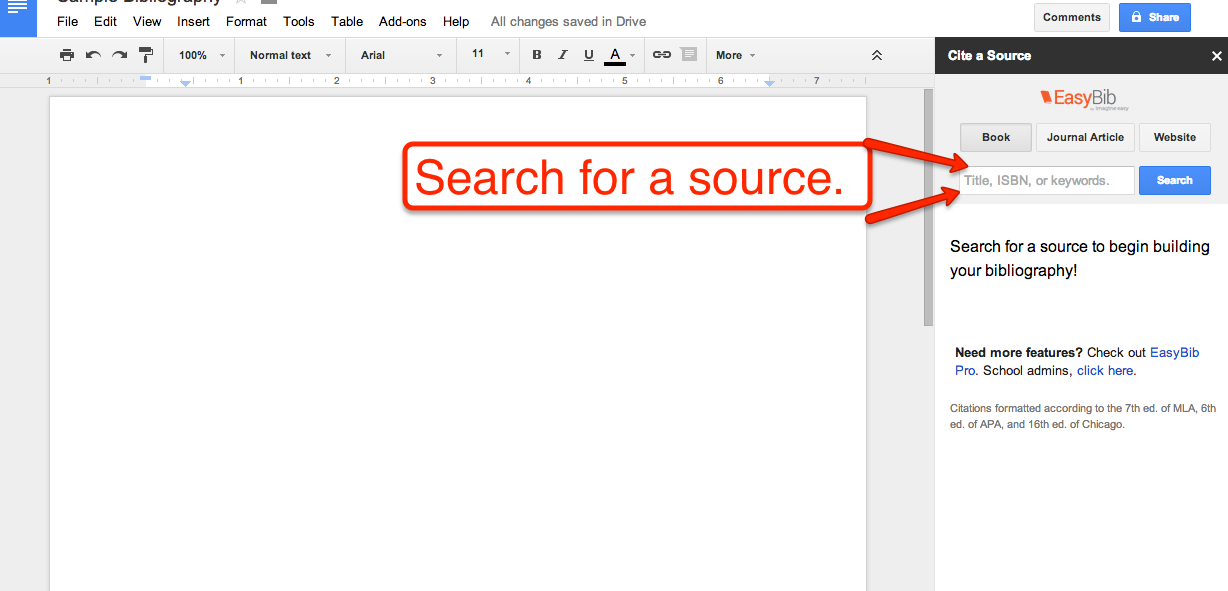


Your students then just simply drag and drop the image into their Google Doc. Your students can then type in the subject and click the little g next to their search term and choose images.Ī number of images will appear. If your students are using Chrome as their browser to access their Google Docs, they can click on Tools then Research.įrom there a section will open up on the right of the page. Competencies for students :: cite resources Here is the easiest way for your students to cite images: In Australia, the ACARA ICT General Capabilities (Australian National Curriculum for our overseas readers) suggest that a student should credit other peoples images by the end of year 4 and cite all sources including authors names and websites by the end of year 6.

I suspect some great solution will be developed in the not-to-distant future, probably by the RStudio team.A great 21st Century Learning Skill (I would ague the century is irrelevant), is to be able to cite other sources correctly. Rmd source files.įor articles, I sometimes upload a near-final draft to Overleaf, then collaboratively make final edits to the LaTeX file there. I often knit to a format that can easily be imported to Google Docs for comments, then go over suggested revisions and manually incorporate them back in to the. This is a bit clunky, and there are ongoing discussions among the R Markdown developers about what the best way is to handle collaborative writing (see issue #1463 on GitHub, where CriticMarkup is among the suggestions).įor now, this is an open question in the community of R Markdown users. Rmd files to a word document, then uses the googledrive R package to send this to Google Drive for comments / revisions from co-authors, then incorporates Google Drive suggestions by hand into the. In the blog post One year to dissertate by Lucy D’Agostino, which I highly recommend, the author notes that she knits. For sources such as websites and e-books. For direct quotations, include the page number as well, for example: (Field, 2005, p. APA in-text citation style uses the authors last name and the year of publication, for example: (Field, 2005). If you prefer to use biblatex or natbib to handle references, see this chapter.īest practices for collaboration and change tracking when using R Markdown are still an open question. For every in-text citation in your paper, there must be a corresponding entry in your reference list. If you want a numerical citation style instead, try csl: bibliography/transactions-on-computer-human-interaction.csl or just have a browse through the Zotero Style Repository and look for one you like.įor convenience, you can set the line spacing and the space between the bibliographic entries in the reference section directly from the YAML header in index.Rmd. Becomes: Blah blah (see Shea et al., 2014, pp.

Add text and page or chapter references to the citation.Once done, please check if you can copy the information in OneNote. We can try creating the citations and bibliography in Office Word first. says blah Becomes: Shea et al. says blah ( 2014) Each time you add a new citation to your document, Word adds that source so that it appears in the bibliography in the proper format, such as MLA, APA, and Chicago-style. Include only the citation-year (in parenthesis).Put author names outside the parenthesis.With this style, a number of variations on the citation syntax are useful to know: You can change the appearance of citations and references by specifying a CSL (Citation Style Language) file in the csl metadata field of index.Rmd.īy default, oxforddown by the Americal Psychological Association (7th Edition), which is an author-year format. 3.1.1 Appearance of citations and references section (pandoc)īy default, oxforddown lets Pandoc handle how citations are inserted in your text and the references section.


 0 kommentar(er)
0 kommentar(er)
